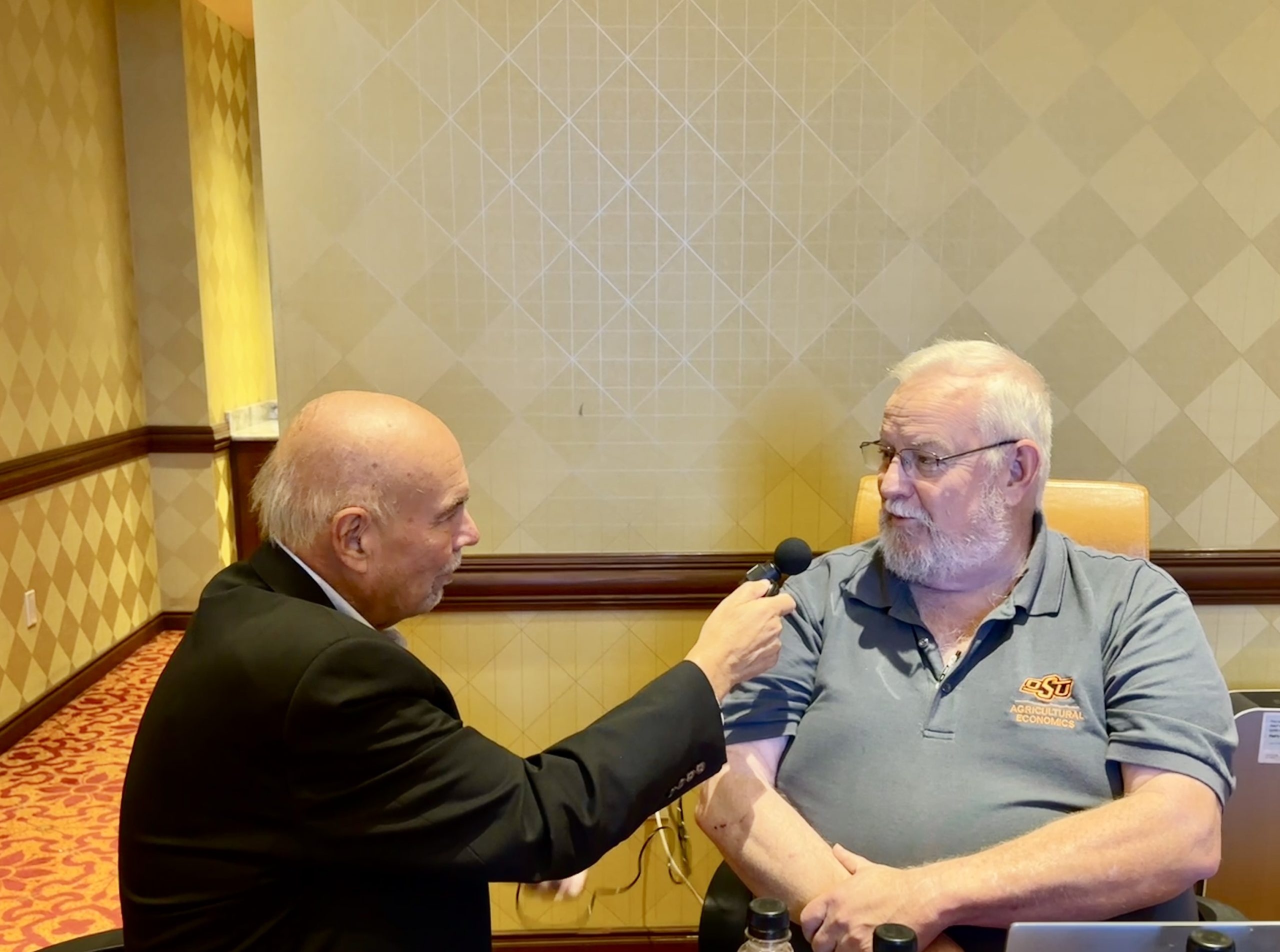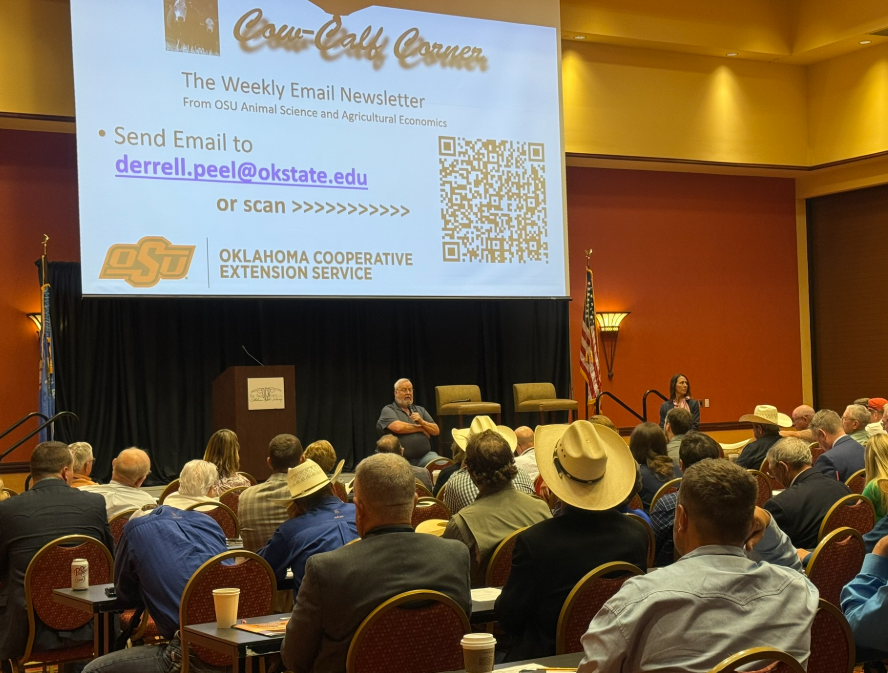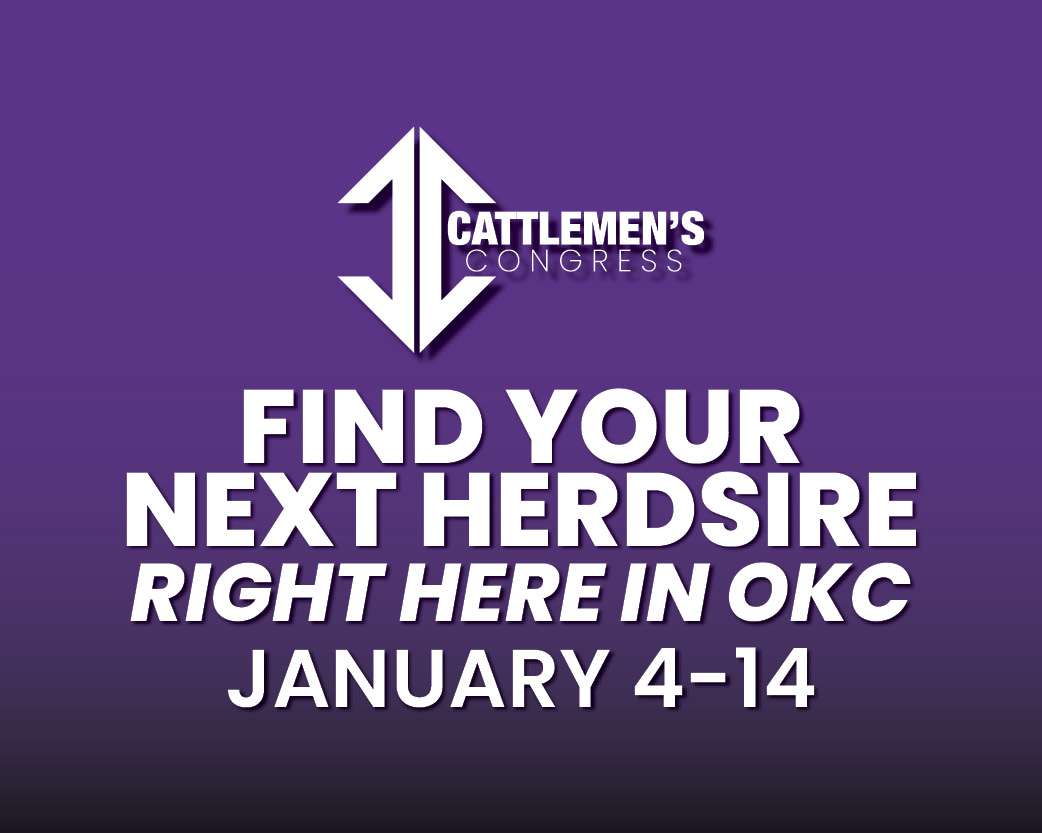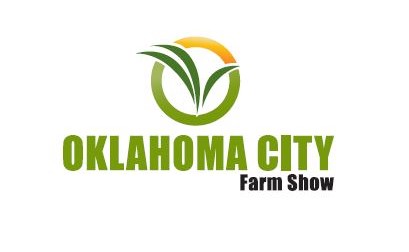
In today’s Beef Buzz, Senior Farm and Ranch Broadcaster Ron Hays spoke with OSU Extension Livestock Market Economist Dr. Derrell Peel to discuss the latest USDA Cattle on Feed report, emphasizing the continuing tightening of cattle numbers. “The July report came in with placements down about 7% from a year ago,” Peel said, noting this was even smaller than industry expectations. “The on feed total then comes in about a half a percent smaller,” rounding out to 98% of the previous year’s level. Despite these declines, Peel said, “marketings was pretty close to expected,” though slightly down overall.
Over the past few years, there has been a steady decline in placements and marketings, though Peel acknowledged this hasn’t always been reflected in the on-feed totals due to feedlot management strategies. “Feedlots have done a lot of tricks to try to keep inventories high… but I think the overall tightness of numbers is catching up with them.” With placements now clearly trailing marketings, Peel warned, “That’s going to pull the on feed inventory down faster.” The reality, he said, is “there’s just fewer cattle out in the country, absolutely.”

This tight supply is becoming increasingly visible in feedlot economics. “You have to pay a lot of money, you gotta have a lot of cash to be able to get an animal into the feedlot these days,” he said. Rising input costs are putting pressure on all segments beyond the cow-calf producer. “It’s all about a Buy-Sell margin… that input cost has gone up dramatically.” Peel noted that the challenge lies not only in the cost but also in the timing of inputs and outputs: “That gets trickier and trickier as we go forward.”
Regarding the quarterly cattle inventory report, Peel pointed to the slow shift in gender dynamics within the feedlots. “The heifers on feed number was down about 5.4% from a year ago,” he said, but “as a percentage, heifers on feed actually ticked slightly higher.” The figure stands at 38%, “which is still above the long term average.” He concluded, “There’s no indication that we are aggressively holding back heifers at this point,” meaning herd rebuilding is not yet in motion.
Peel closed by highlighting a key inventory figure he watches closely—the July versus January beef cow count. “If the inventory is going up between January and July, that suggests that we’re building or increasing the total number of beef cows.” Although the comparison to last year’s July number isn’t possible due to reporting gaps, Peel noted this figure can historically indicate whether herd expansion is underway or not. As of now, no aggressive signs of rebuilding have emerged.
The Beef Buzz is a regular feature heard on radio stations around the region on the Radio Oklahoma Ag Network and is a regular audio feature found on this website as well. Click on the LISTEN BAR for today’s show and check out our archives for older Beef Buzz shows covering the gamut of the beef cattle industry today.

















